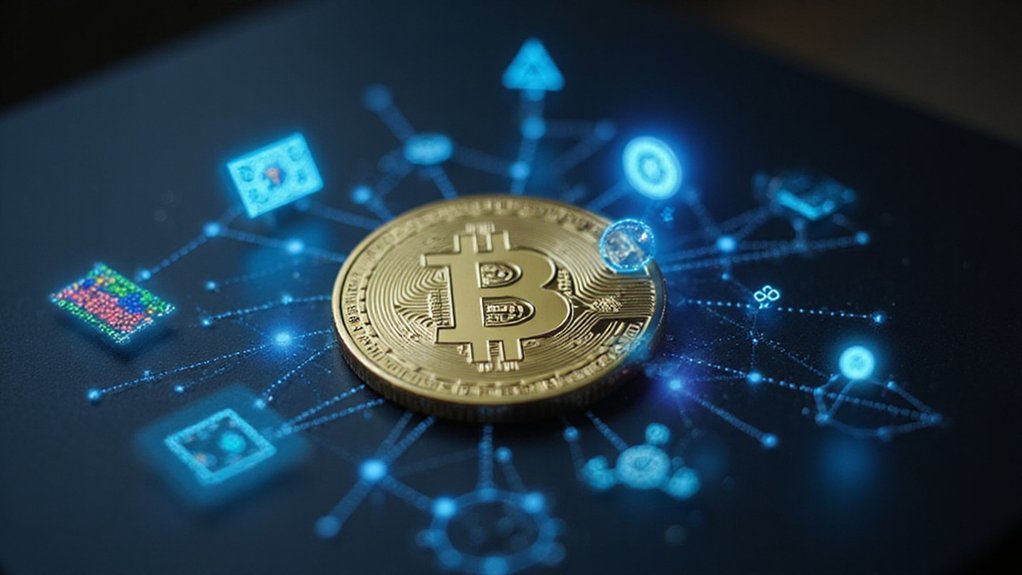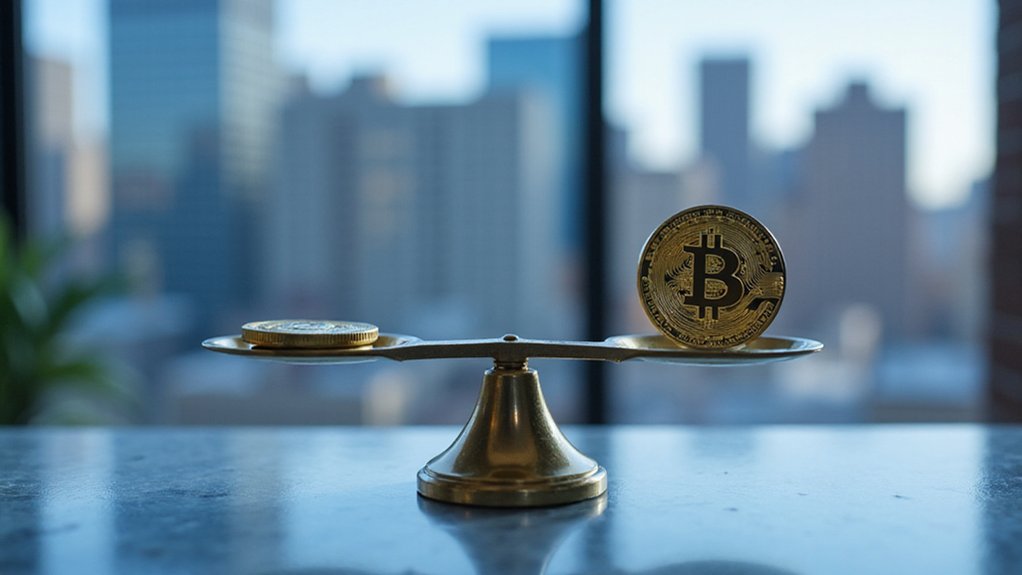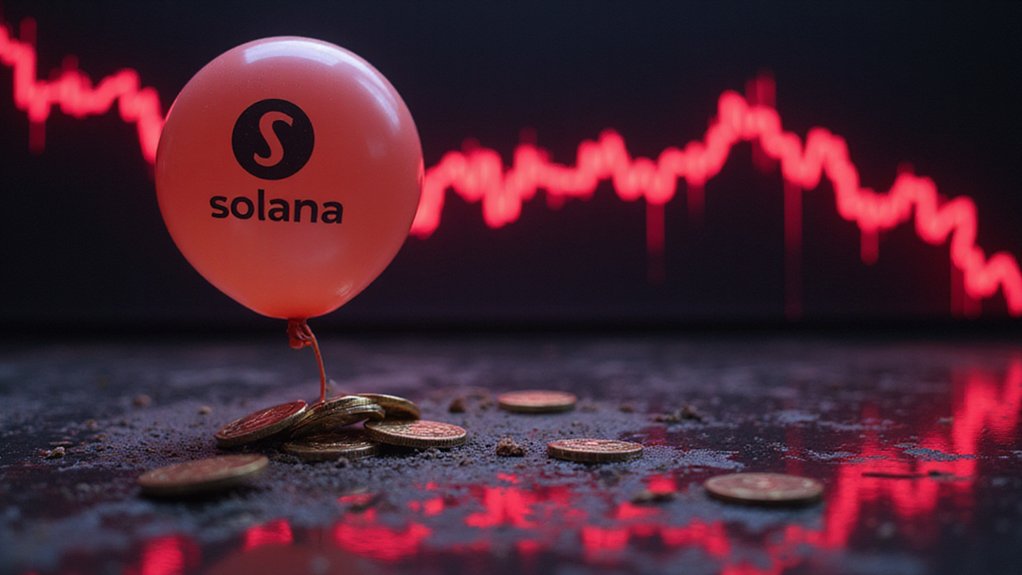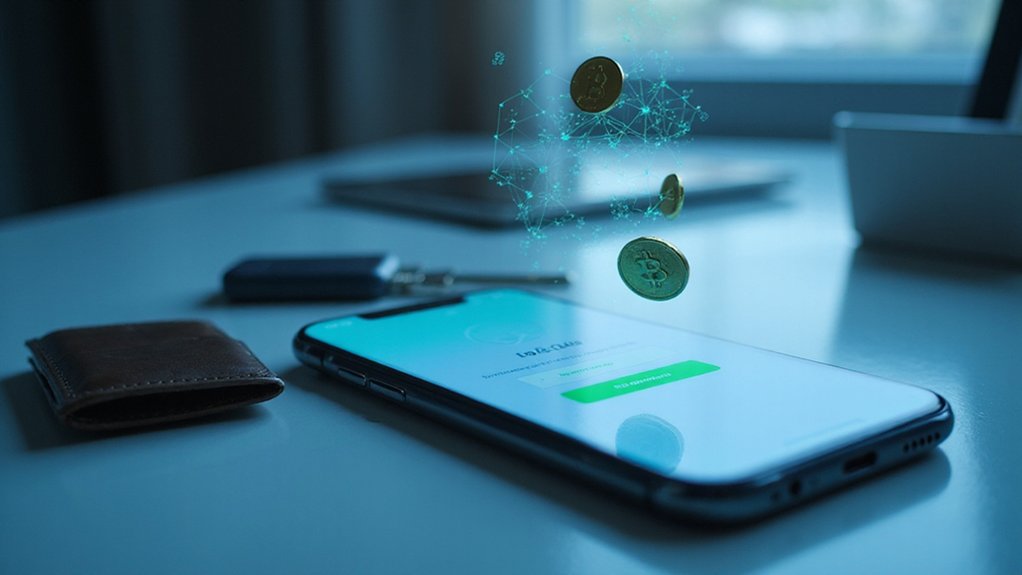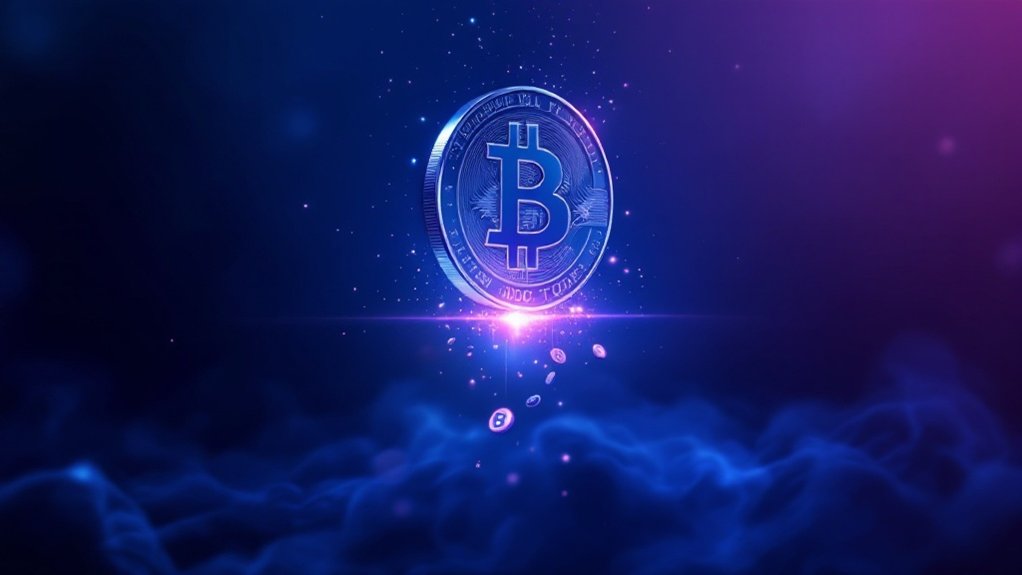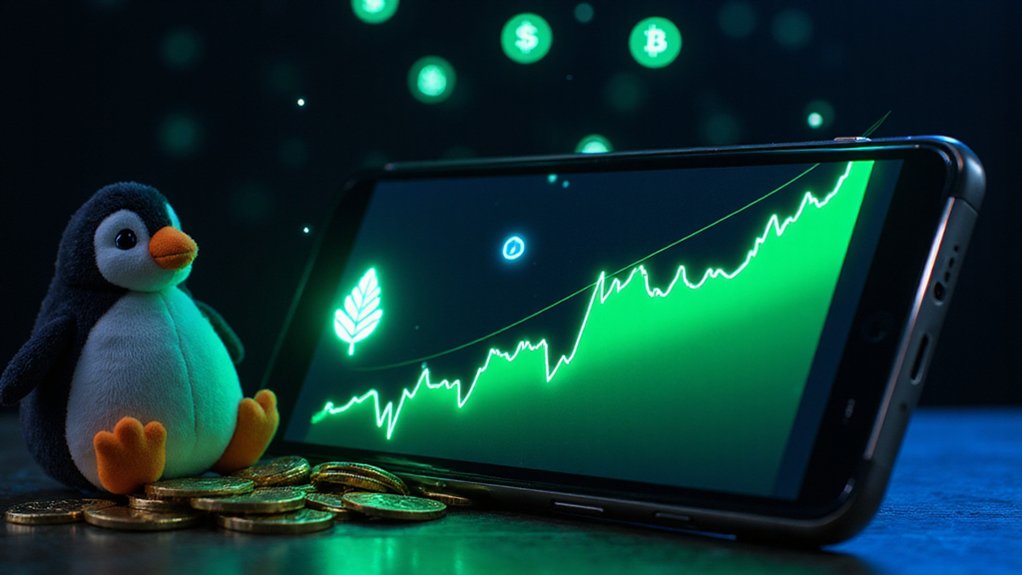Bitcoin Ordinals are digital assets inscribed directly onto individual satoshis on the Bitcoin blockchain. Introduced in 2023 by Casey Rodarmor, they function likewise to NFTs but without requiring smart contracts. Each satoshi receives a unique serial number based on its mining order, while inscriptions utilize witness data from the Taproot upgrade. Ordinals support various content types including images, text, and HTML. The ecosystem now features specialized marketplaces and wallets, despite ongoing debates about appropriate blockchain usage. Further exploration reveals how this technology transforms Bitcoin's capabilities beyond currency.
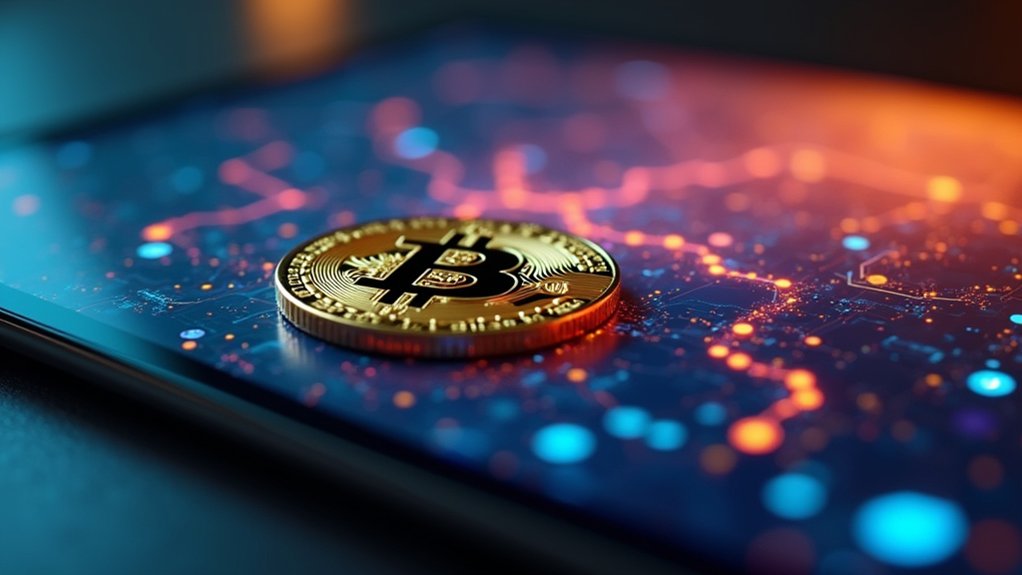
Bitcoin Ordinals represent a significant evolution in the cryptocurrency landscape, enabling digital assets to be directly inscribed onto individual satoshis within the Bitcoin blockchain. Introduced by Casey Rodarmor in January 2023, this innovation utilizes the Taproot upgrade implemented in November 2021, allowing users to create unique, traceable digital artifacts directly on Bitcoin. The system operates without requiring separate token standards or smart contracts, distinguishing it from traditional NFTs on other platforms.
Bitcoin Ordinals transform satoshis into unique digital artifacts, creating a native NFT solution without additional token standards.
The technical foundation of Ordinals relies on assigning unique serial numbers to each satoshi based on its mining order. Data is inscribed directly onto these satoshis using witness data in transactions, taking advantage of increased block space provided by SegWit and Taproot upgrades. All information remains fully on-chain, with the entire content stored directly on the Bitcoin blockchain, ensuring permanence and immutability. This creates a robust ecosystem for digital art collections that offers artists a new marketplace to sell their creative work.
Various types of content can be inscribed through the Ordinals protocol. Images constitute the most common form, including digital art and collectibles. Other formats include text messages, audio clips, short videos, and even interactive HTML content, though all face limitations based on block size constraints.
The protocol features a rarity system based on specific satoshi attributes such as block height and position. Inscribed satoshis maintain transferability through standard Bitcoin transactions without requiring royalties or ongoing fees for creators. Unlike DAOs which often require governance tokens for participation, Bitcoin Ordinals use the native Bitcoin units for ownership and transfer. This backward compatibility with existing Bitcoin infrastructure has facilitated widespread adoption across the ecosystem.
By early 2024, over 200,000 ordinals had been created, spurring the development of specialized marketplaces, wallets, and explorer tools. This growing ecosystem has attracted established NFT projects and artists seeking Bitcoin-based collection options. Beyond digital art, new use cases have emerged, including domain names and certificates.
The rise of Ordinals has not been without controversy. Debates continue regarding appropriate use of Bitcoin block space, with concerns about network congestion and scalability. Technical challenges include the lack of standardization across inscription formats and potential risks of malicious content being permanently recorded on the blockchain. Unlike many alternatives, Bitcoin Ordinals benefit from the robust proof of work mining process that underpins the Bitcoin network.
Future developments aim to address these concerns through improvements to inscription efficiency and potential integration with Layer 2 solutions like Lightning Network. Researchers continue to investigate compression techniques for larger inscriptions, while developers work toward cross-chain interoperability with other blockchain networks, pointing toward an expanding role for Ordinals in Bitcoin's ecosystem.
Frequently Asked Questions
How Do I Sell Bitcoin Ordinals Once I've Created Them?
To sell Bitcoin Ordinals after creation, creators must select a compatible marketplace such as Magic Eden, Gamma, or OKX NFT Marketplace.
The seller connects their wallet to the chosen platform, completes the listing process, and sets pricing parameters. Effective listings include comprehensive metadata, high-quality visuals, and appropriate pricing based on market analysis.
After listing, sellers should monitor activity, engage with potential buyers, and adjust strategies as needed. The transfer occurs automatically upon sale completion.
What Are the Tax Implications of Trading Bitcoin Ordinals?
Trading Bitcoin Ordinals triggers capital gains taxation since the IRS classifies them as property.
Taxable events include selling for fiat, trading for other cryptocurrencies, or using them for purchases.
Investors must track acquisition dates, cost basis, and sale prices for each Ordinal.
Gains are reported on Form 8949 and Schedule D, with potential 28% collectible tax rates.
Minting Ordinals may generate ordinary income.
Comprehensive record-keeping is essential, including transaction IDs and associated fees for tax compliance.
Can Ordinals Be Stolen or Permanently Lost?
Like digital diamonds vanishing into the void, Bitcoin Ordinals can indeed be stolen or permanently lost.
Security threats include private key theft, phishing attacks, and exchange hacks targeting vulnerable holders.
Permanent loss scenarios occur when keys are forgotten, Ordinals are sent to incorrect addresses, or hardware fails without proper backups.
Technical vulnerabilities in protocols and wallet software present additional risks.
Users can mitigate these dangers through hardware wallets, multi-signature security, regular backups, and careful address verification.
How Do Ordinals Affect Bitcoin's Environmental Impact?
Ordinals significantly increase Bitcoin's environmental footprint. Each inscription requires computational power equivalent to mining an entire block, potentially doubling Bitcoin's energy consumption from 1,200 kWh to 2,400 kWh per transaction.
This escalation could add 20-40 Mt to Bitcoin's annual CO2 emissions, which already exceeded 85 Mt in 2020-2021.
Additionally, Ordinals intensify water usage concerns in mining operations and expand land requirements for mining facilities and offsetting carbon emissions.
Are There Copyright Concerns When Creating or Buying Ordinals?
A 2023 analysis revealed that approximately 17% of all Ordinals inscriptions may contain potentially copyrighted content. Copyright concerns are significant when creating or buying Ordinals due to their legal gray area status.
Creators risk infringement claims when inscribing unauthorized content, while buyers face potential liability for purchasing infringing inscriptions. Due to blockchain immutability, removing unauthorized content is virtually impossible.
Conducting thorough due diligence and verifying authenticity before transactions is essential for both parties in this evolving digital asset class.
References
- https://www.coinbase.com/learn/crypto-glossary/what-are-bitcoin-ordinals
- https://www.xverse.app/blog/bitcoin-ordinals-use-cases
- https://www.tastycrypto.com/blog/bitcoin-ordinals-explained/
- https://nftevening.com/bitcoin-ordinals-explained/
- https://blockchain.oodles.io/blog/bitcoin-ordinals/
- https://coinledger.io/learn/what-are-bitcoin-ordinals
- https://transak.com/blog/what-are-bitcoin-ordinals-guide-to-create-bitcoin-nft
- https://help.magiceden.io/en/articles/8334618-the-benefits-of-ordinals-for-bitcoin
- https://www.investopedia.com/what-are-bitcoin-ordinals-7486436
- https://chain.link/education-hub/ordinals-bitcoin-nfts
